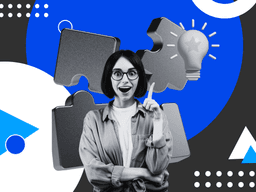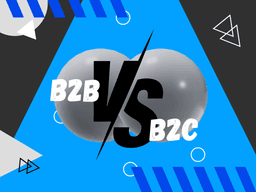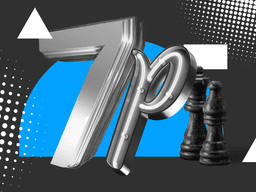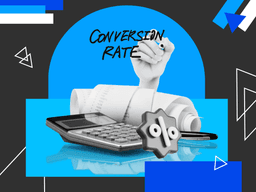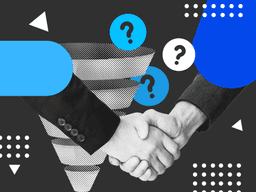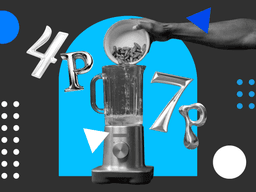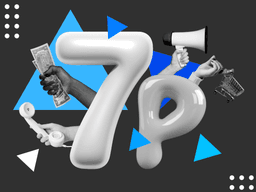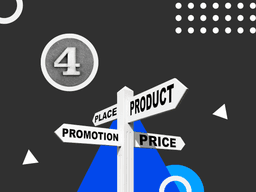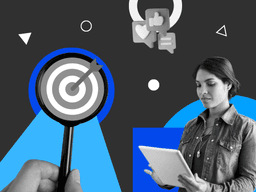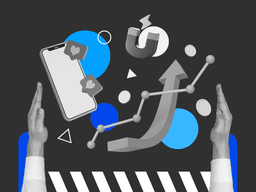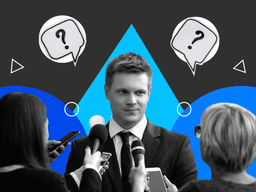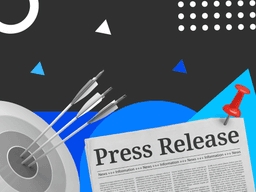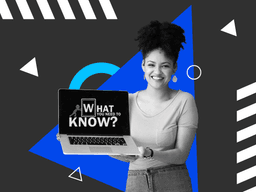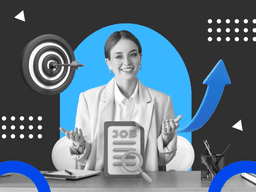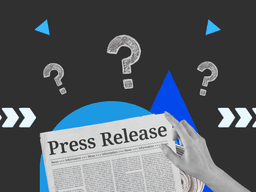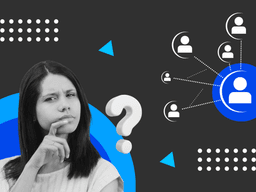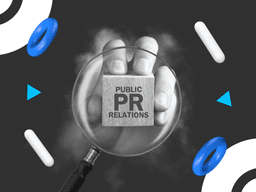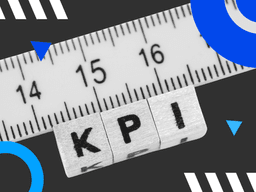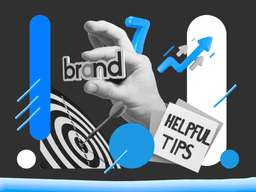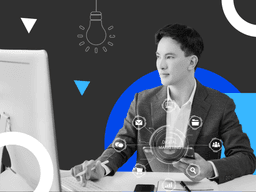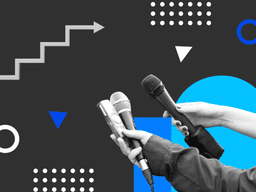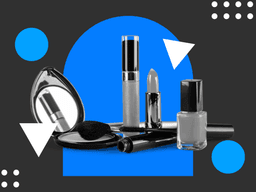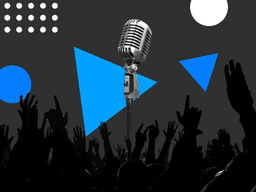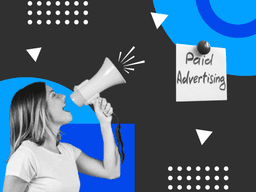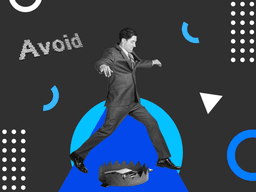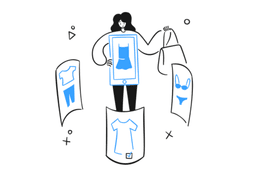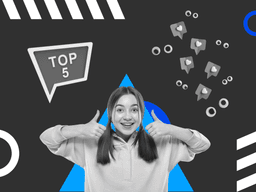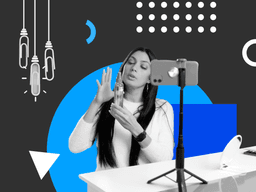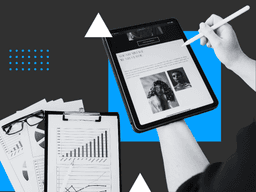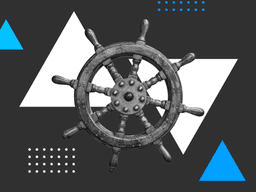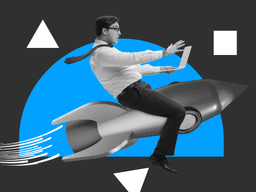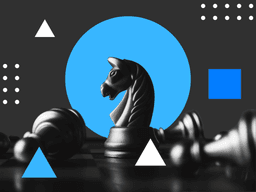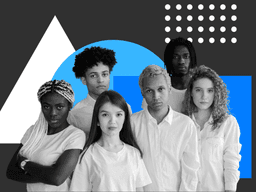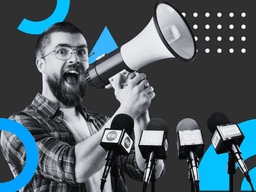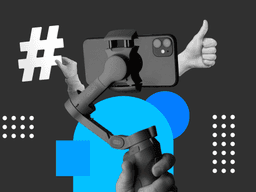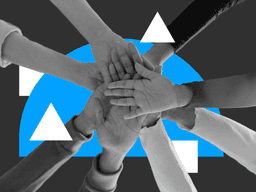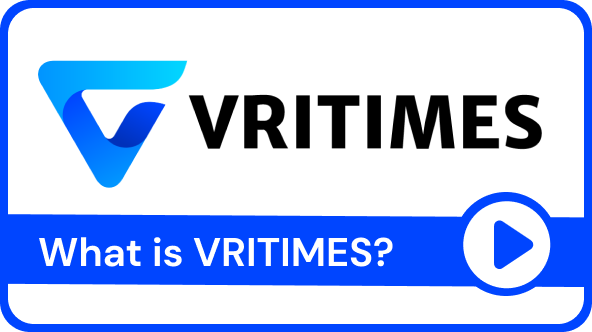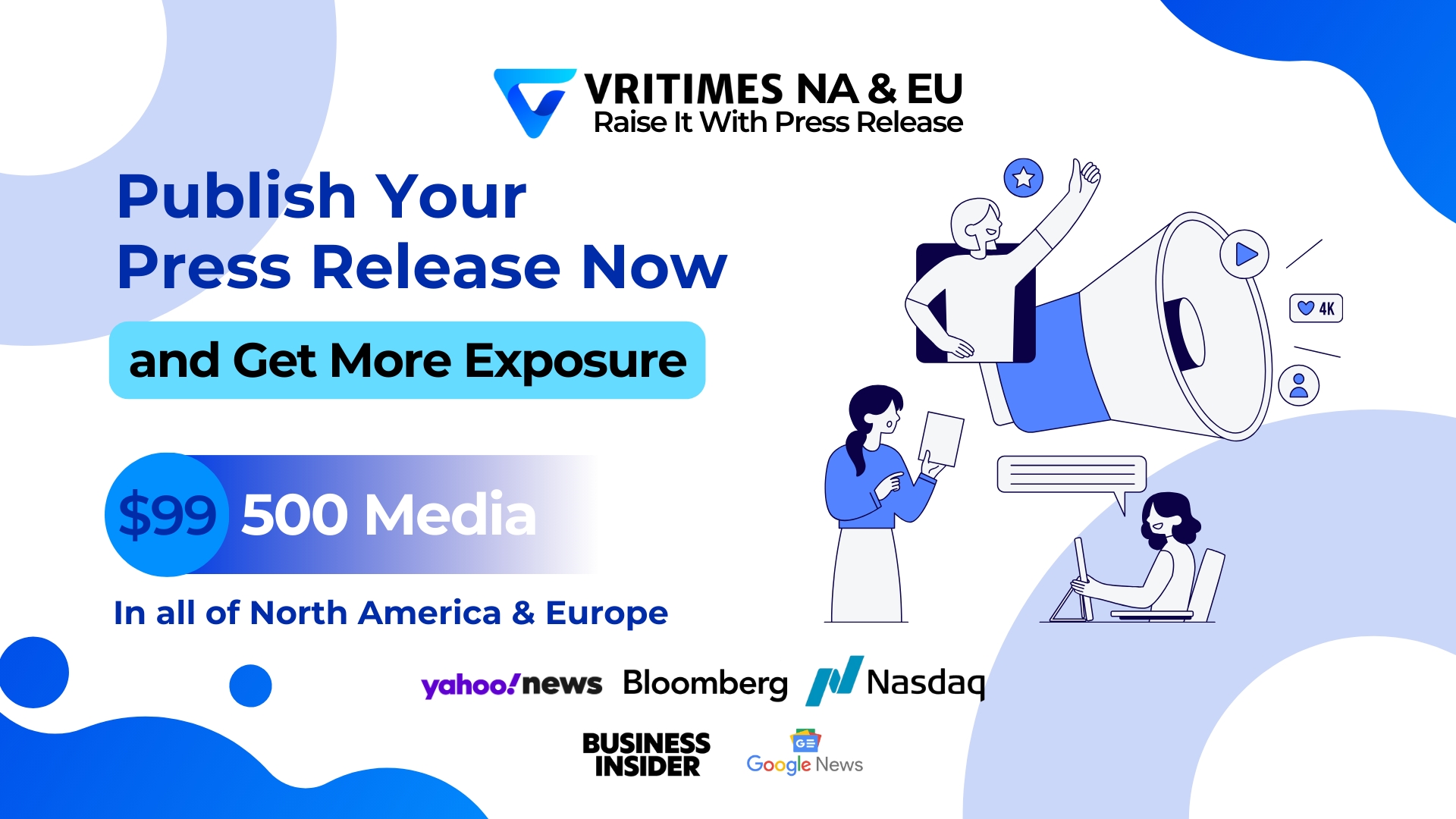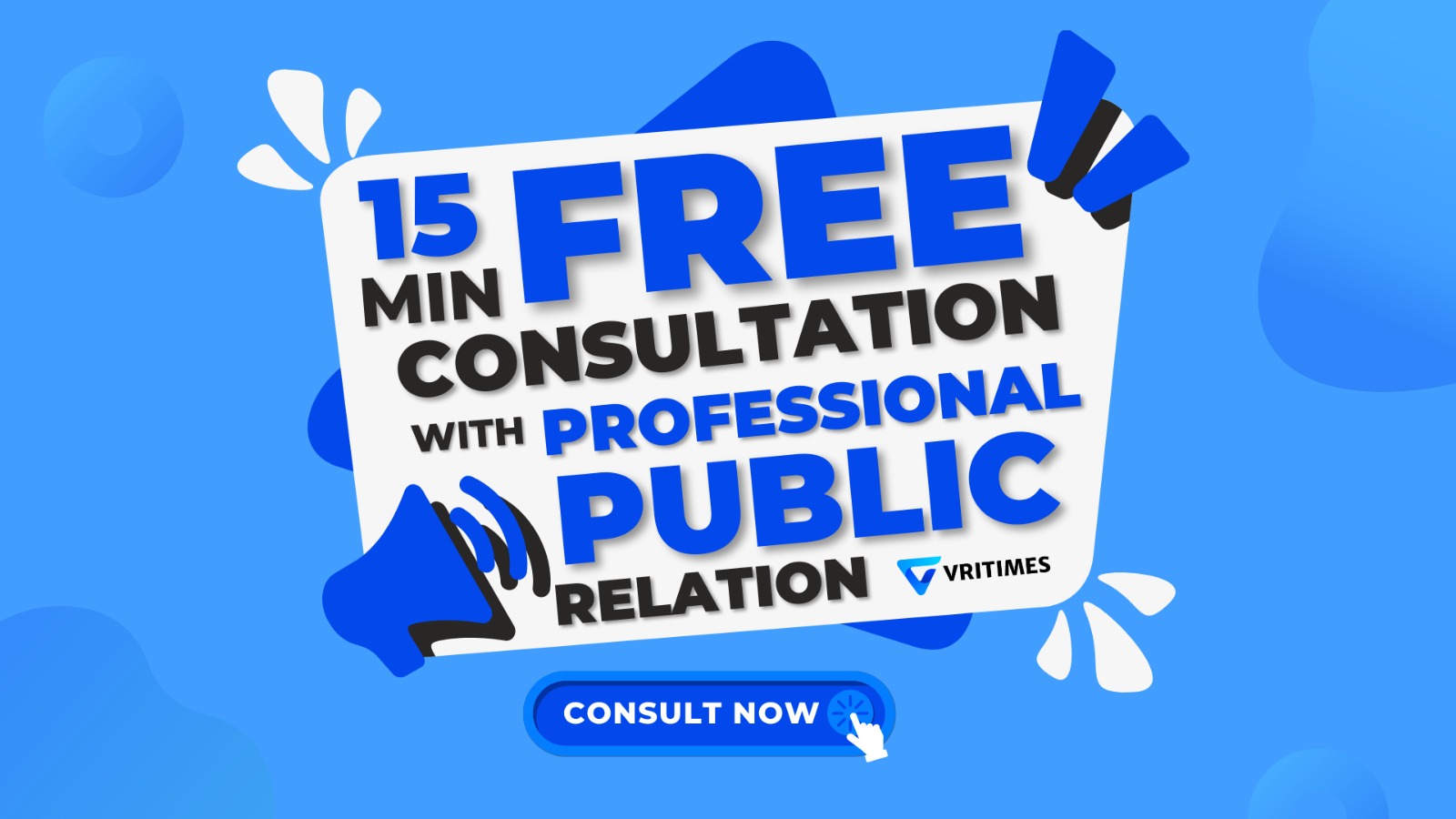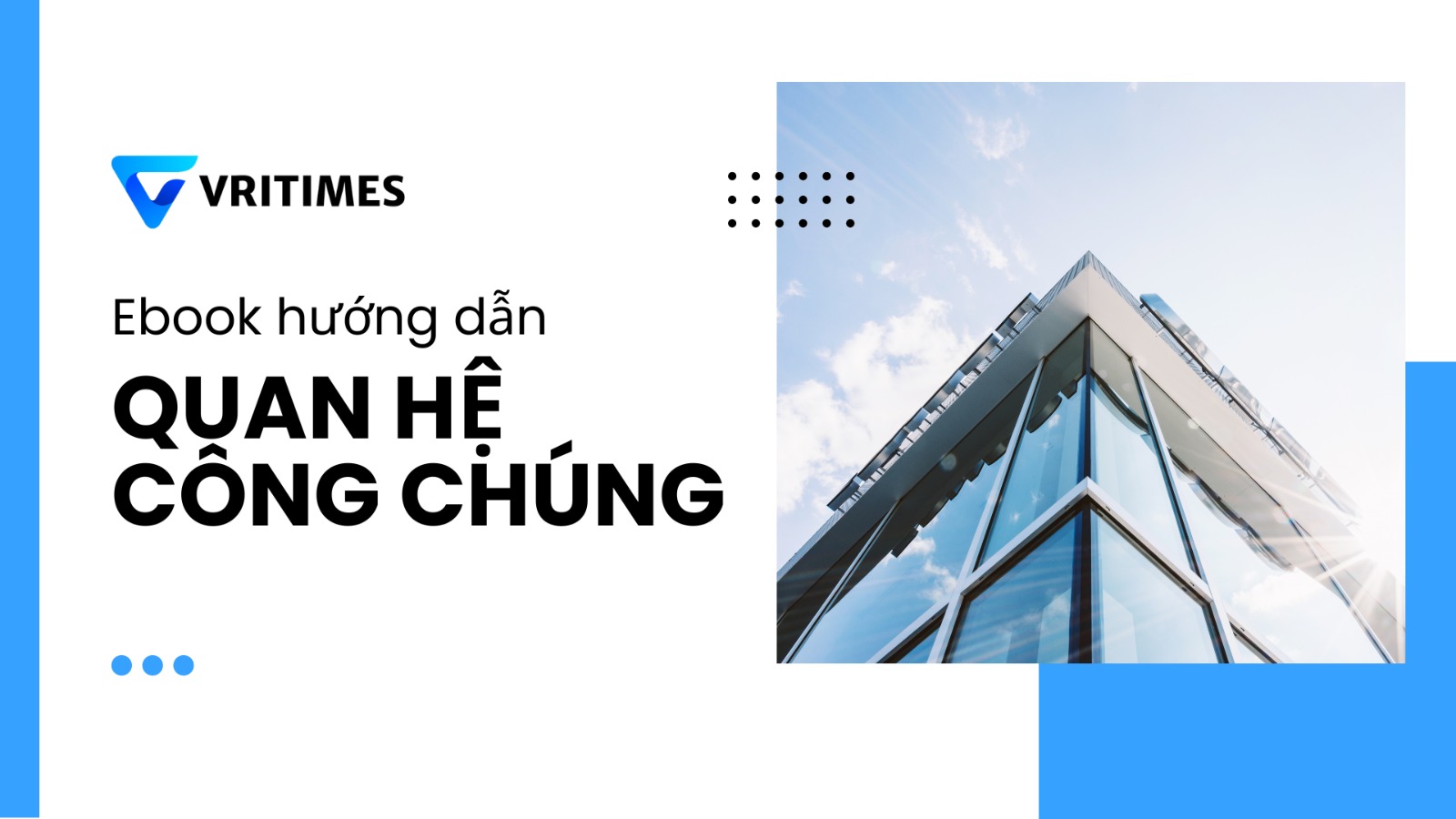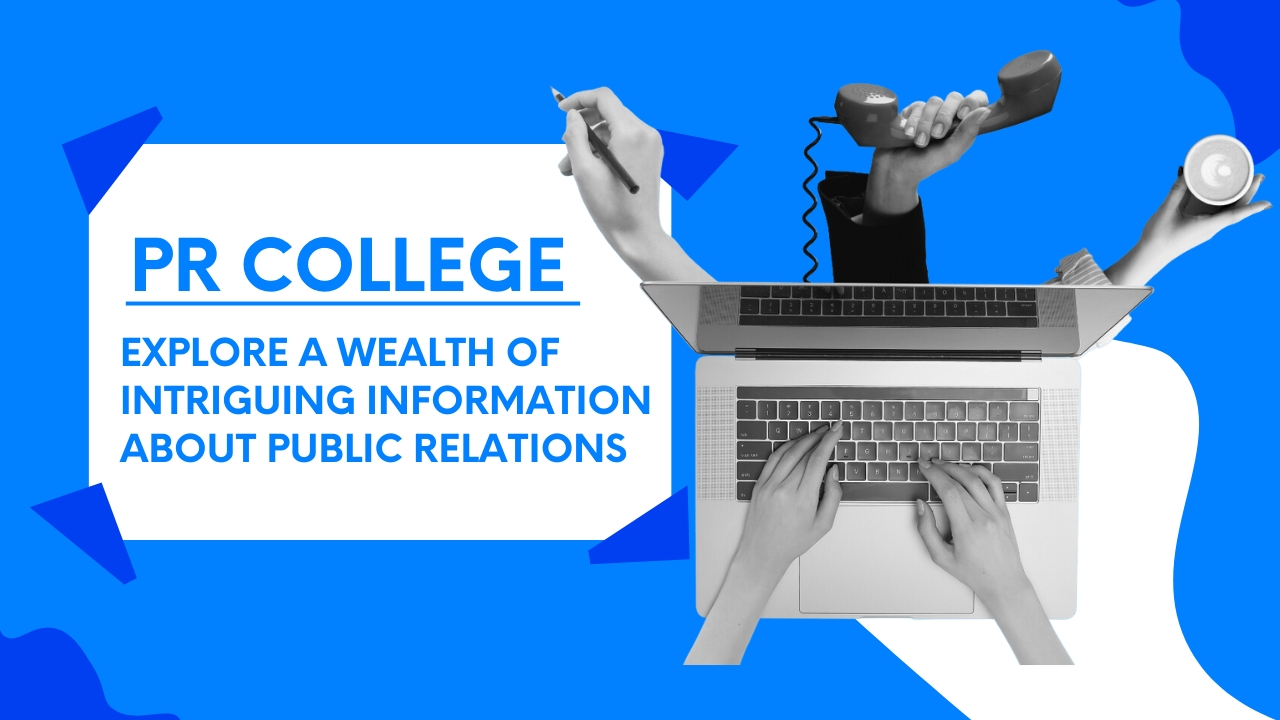/ Marketing Funnel : Definition, Stages, and Examples
Marketing Funnel : Definition, Stages, and Examples
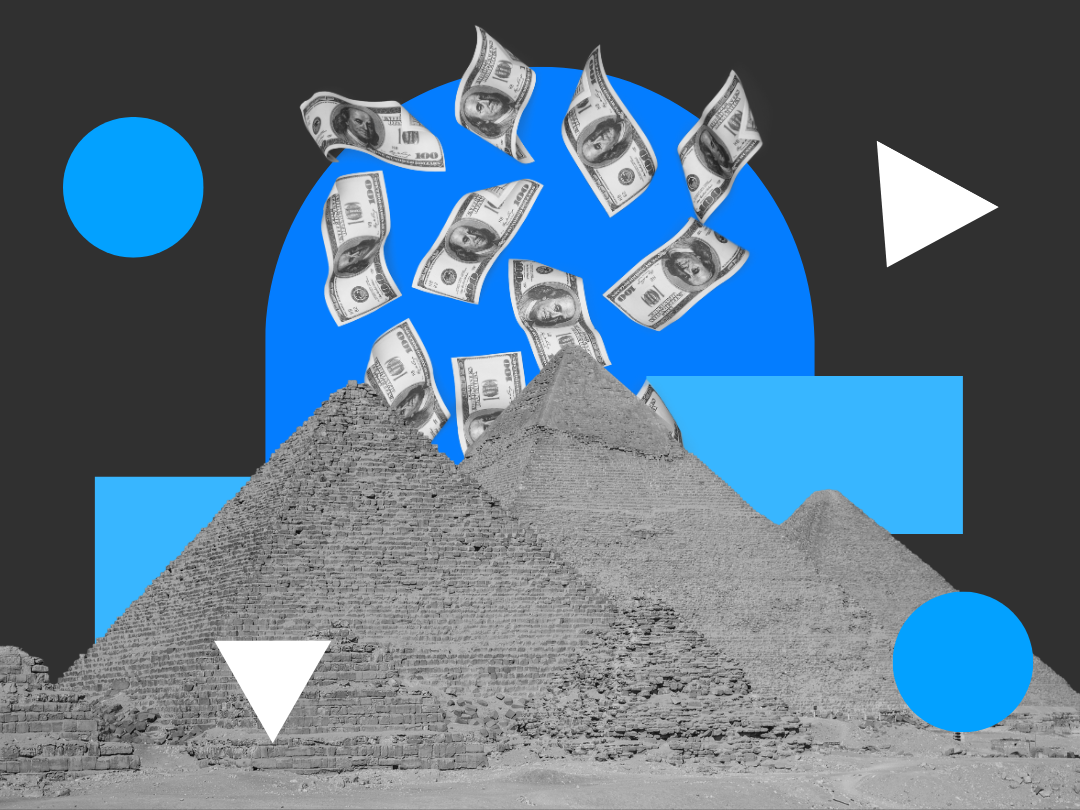
The marketing funnel is an important aspect of improving a customer journey. Understanding it can help improve your marketing strategy.
With precise analysis, a marketing funnel can be used to influence customers at certain stages. It can also help you drive stronger brand awareness, greater sales, and more loyalty.
Definition of The Marketing Funnel
The marketing funnel is a multi-stage process that customers go through from awareness (learn about a product) to loyalty (keep purchasing from the same company).
Although this concept has been used for over 100 years, there is no single model accepted by all companies in the world. However, it is best to use the applicable model based on the company’s situation.
In 1898, an American businessman, Elias St. Elmo Lewis invented the concept of AIDA (awareness, interest, desire, and action), which has been used as a marketing funnel. During times, the marketers add loyalty and advocacy to the funnel, which makes it AIDALA.
The Stages of Marketing Funnel
As mentioned before, the marketing funnel model has become AIDALA, which consists of awareness, interest, desire, action, loyalty, and advocacy). Below is the explanation of each stage.
1. Awareness
The awareness stage is when people learn and become aware of your brand. This includes knowledge of its name, products (whether they are goods or services), tone, message, values, style, and culture.
The goal of this stage is to keep the brand on top of the potential customers’ minds. This stage begins with attracting potential customers and helping them recognize and remember it. To drive awareness, brands can use digital advertising, such as video ads, social media campaigns, content marketing, and many more.
At this stage, you can drive awareness by creating and implementing a solid content strategy. Your content can be published not only on social media but also on websites and podcasts. So this includes press releases and SEO marketing.
2. Interest
The interest stage is when the potential customers have determined that your brand may be able to fill their needs. In this stage, they start to investigate you and your competitors. That is why having exceptional marketing material is crucial.
The goal of this stage is to increase the likelihood that customers will choose your brand. At this stage, the potential customers will try to get to know more about your brand and discover your advantages compared to other brands.
You need to have a solid strategy to show your products’ value and set a fair yet competitive price. Your marketing messages must be compelling and convincing enough to address customers’ pain points and answer their questions.
At this stage, you can do an educational webinar and post more videos about your brand on YouTube to increase the potential customers’ interest.
3. Desire
The desire stage also known as consideration is when the potential customers evaluate your products. Remember that becoming interested in your brand does not mean you are the final choice. So the goal is to become their final choice.
Instead of directly choosing you, they will evaluate alternatives to find out if there is any better option with cheaper prices and more value. They do this by reading customer reviews, talking to family and friends, and looking at customers’ testimonials.
The activity example for this stage is ensuring your brand is visible on search engines and gets many positive reviews. If a customer posts a good testimonial about your brand, repost it to show your best features. At this stage, you also need to make sure that everything is going well to avoid bad reviews and testimonials.
4. Action
The action stage also known as conversion is when the potential customers believe and decide to make their final choices. The goal of this stage is to encourage them to make purchases. At this stage, there are two things to be done: a well-detailed website product page and exceptional customer service experience to boost their trust.
5. Loyalty
The loyalty stage’s goal is to make the customer loyal to your brand. This way, they will buy specific products only from your brand.
Acquiring a new customer generally costs a brand 5 times more than retaining an existing one. That is why customer loyalty becomes extremely precious.
To foster loyalty, you need to provide a smooth and delightful purchase experience as well as deliver a high-quality product and service. Ensure to follow up and nurture connections with customers after purchase. The examples of positive interactions that can build their loyalties: are social media activations, loyalty (membership) programs, and email nurture campaigns.
6. Advocacy
The advocacy stage is when your loyal customers recommend your products to their friends and family. This is a form of low-cost or even free-of-charge marketing activity which is highly profitable.
If your products and services are quality, customers will recommend your brand to their acquaintances. However, you can also boost their advocacy by setting up a referral program. Example: Get 20% off by referring a friend. Their acquaintances will go through this tunnel from awareness to advocacy as well.
The marketing funnel above provides a model that can help analyze and improve your marketing strategy. Although it is a looping journey, it is the one that keeps your brand alive in people's minds.
